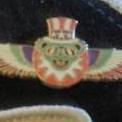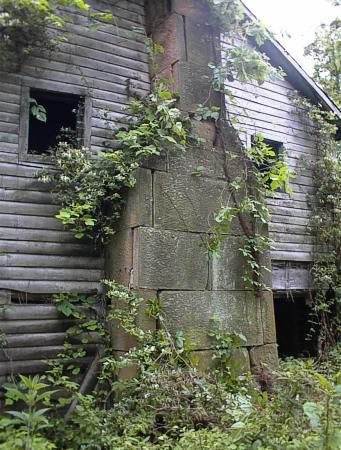
Aeneas61
Members-
Posts
31 -
Joined
-
Last visited
-
I would prefer bar stock,flat or round, anywhere from 1/2" up to 2" would be useful. I really hoped someone on the forum was sitting on a large bridge salvage or a large stack of wagon tires or something...guess everyone is just piecemealing it out like me, find a piece here or there... i would love to find an amount to have at least a consistant stock or quantity to work with.
-
George, I want all I can afford, at least a few hundred pounds. I dont need the best grade ever rolled, but it would be nice if its workable. Irondragon, I have not, I will try to look that up on the forum. Josh
-
Anyone interested in selling wrought iron or know someone who is? Id really like to find larger quantities than the one bar for one knife type sales Ive seen around from time to time. Im in KY but will consider freight shipping if practical. Thanks Josh
-
OK sounds like the votes are in and no issues to the anvil, just better not on a hardy hole. Ive seen old anvils with big saddle going on, but perhaps this was just due to HEAVY striking over 100 years or more?
-
Have a small shop and was considering a treadle hammer that would attach to a wall post and be used on my working anvil (300lb) rather than having its own anvil separately. I was considering a treadle hammer design which could swing up out of the way when not in use to free up the anvil for hand work. I would love to hear ideas and comments from people if this is a good idea, or is it may actually damage the anvil if used in this way, or really if there would be some other downside to this set up Im not seeing. I feel it might be tough to make an anvil base from scrap that would be as large or solid as my current anvil anyway, so it made sense to me in that regard.
-
Ive been given an old sandstone chimney and would like to put it up as a blacksmith forge (continuous masonry forge and chimney all the way up) I would like to hear from any one having experience with UNLINED forge chimneys, especially masonry types. Id like to put this chimney up in a traditional way, and use it, with care in that facility. Ive also considered also running a shop woodstove in the same chimney, but have heard the two are not the same in how hot they make a chimney. It may be necessary to have an insulated flue for a woodstove and forge sharing type chimney. Ive tried to attach a picture of what this chimney looked like standing, they were all built in this way in my area, large blocks laid on edge.
-
Under 100 bucks!? wow most I'm seeing online are at least 15 times that...
- 9 replies
-
- flypress press
- press
-
(and 2 more)
Tagged with:
-
Sure thing! Mostly intend to do die work such as making wood chisel tang/bolsters, drawing out fullering of stock up to 1". Id like to punch hand saw teeth as well, but not sure if I will need a smaller press dedicated to this. Basically want to make many traditional woodworking tools, chisels, handsaws, perhaps a few axe or adzes in the future, and am leaning more toward the fly press rather than a power hammer for joint saving. What size would you get for all that jazz?
- 9 replies
-
- flypress press
- press
-
(and 2 more)
Tagged with:
-
I would like opinions for those who have used flypresses for general forging work what sizes they prefered and why. Are you all happy with your press? If not, what size would you prefer? Thanks Josh
- 9 replies
-
- flypress press
- press
-
(and 2 more)
Tagged with:
-
http://www.oldworldheirlooms.com/assets/images/Web_TAX-01-010_Image_03.jpg basher this is the type Im trying to figure out... hope that helps!
-
yes, well i was thinking perhaps they started with a bar, drew it out and drew it out thinner in one direction, maybe used a flatter to help, and maybe cut the sides straight off with a hot chisel before grinding, some appear to have no grinding, with flat hammer marks the length, which was apparently what made bedding an iron so difficult "n the day". Perhaps I'm over thinking the process, and it was just a very skilled smith drawing out by eye with years of practice.... as to the thickness, most plane with no chip breaker were as thick at the cutting edge as possible and cost effective, and of course bigger and thicker for the rougher bench planes than the molders, Ive seen a few nearly 1/2 thick!
-
Does anyone have a good idea of the best/most efficient way of how traditional wooden single iron plane blades were forged? They were tapered from roughly 1/4 inch on the cutting side down to 1/8 or less on the top pretty evenly and the sides were parallel, Ive been scratching my head as to how the smiths of yore did this! All ideas welcome! Josh
-
So anyone know how the goosewing style broad axe was made? Or ideas? Have yet to see a book with step by step or anything, only a few obscure references to "difficult multiple forge welds" any ideas are welcome! Josh
-
thanks dan, thats good info!
-
Thanks all for the advice! Jason, since you have a lot of experience forge welding HC to HC steel, have you ever tried leaf spring to leaf spring? Such as a froe eye or axe wraparound eye? thanks Josh



